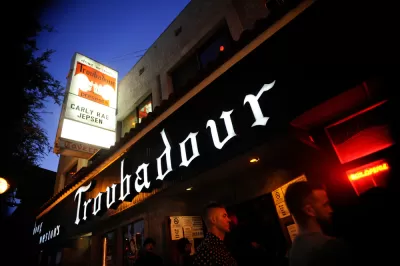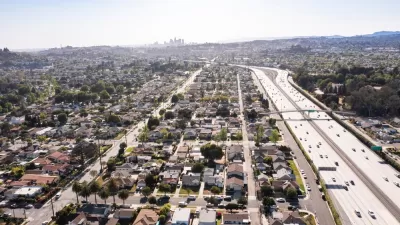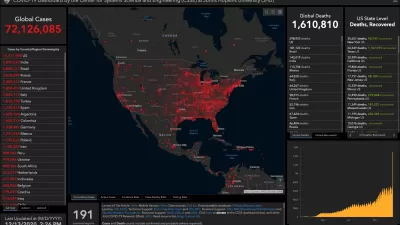Where have all the venues gone?

The example of the Troubadour, an independently owned music venue in West Hollywood that birthed acts like Joni Mitchell, Linda Ronstadt, Tom Waits, the Eagles, Jackson Browne, James Taylor, and Elton John into the mainstream, shows how difficult the pandemic has been for the live music industry.
Randall Roberts reports on the challenges facing the owners of the Troubadour, which has been located on Santa Monica Boulevard on the edge of West Hollywood's border with Beverly Hills for 60 years. Christine Karayan, the club’s general manager tells Roberts that the club recently launched a GoFundMe to help the club bridge the gap to a potential reopening in stage four of the state of California's reopening plan.
“That means the middle to the end of next year to potentially open, and maybe a 25% cap” on crowd size, Karayan says. “I can’t foresee being able to ride this out like that.”
Music venues like the Troubadour are some of the most appealing amenities of urban living. Questions about whether cities will lose residents during and after the pandemic must take into account the survival of cultural institutions like these, while also considering that cultural institutions were already under threat in many large cities due to rising commercial rents and a growing population of residential neighbors less inclined to see the value of a place to hear music played loud.
For an example of local government relief for music venues, look to Toronto, where the city is considering a reduction of commercial property taxes for music venues.
FULL STORY: Historic Troubadour nightclub launches GoFundMe page, calls survival ‘a big if’

Planetizen Federal Action Tracker
A weekly monitor of how Trump’s orders and actions are impacting planners and planning in America.

Chicago’s Ghost Rails
Just beneath the surface of the modern city lie the remnants of its expansive early 20th-century streetcar system.

San Antonio and Austin are Fusing Into one Massive Megaregion
The region spanning the two central Texas cities is growing fast, posing challenges for local infrastructure and water supplies.

Since Zion's Shuttles Went Electric “The Smog is Gone”
Visitors to Zion National Park can enjoy the canyon via the nation’s first fully electric park shuttle system.

Trump Distributing DOT Safety Funds at 1/10 Rate of Biden
Funds for Safe Streets and other transportation safety and equity programs are being held up by administrative reviews and conflicts with the Trump administration’s priorities.

German Cities Subsidize Taxis for Women Amid Wave of Violence
Free or low-cost taxi rides can help women navigate cities more safely, but critics say the programs don't address the root causes of violence against women.
Urban Design for Planners 1: Software Tools
This six-course series explores essential urban design concepts using open source software and equips planners with the tools they need to participate fully in the urban design process.
Planning for Universal Design
Learn the tools for implementing Universal Design in planning regulations.
planning NEXT
Appalachian Highlands Housing Partners
Mpact (founded as Rail~Volution)
City of Camden Redevelopment Agency
City of Astoria
City of Portland
City of Laramie





























